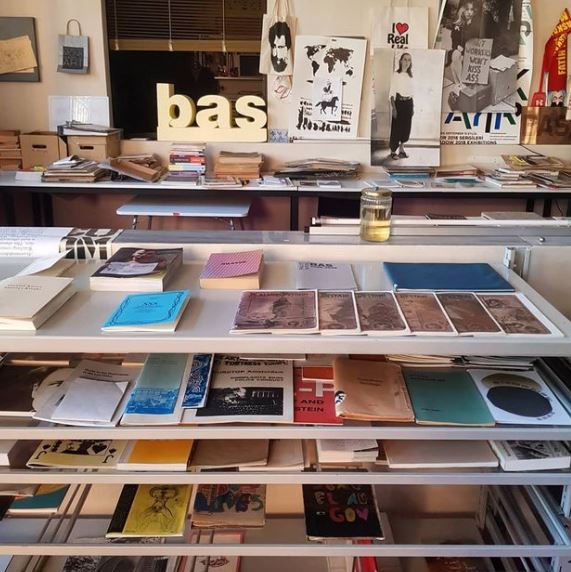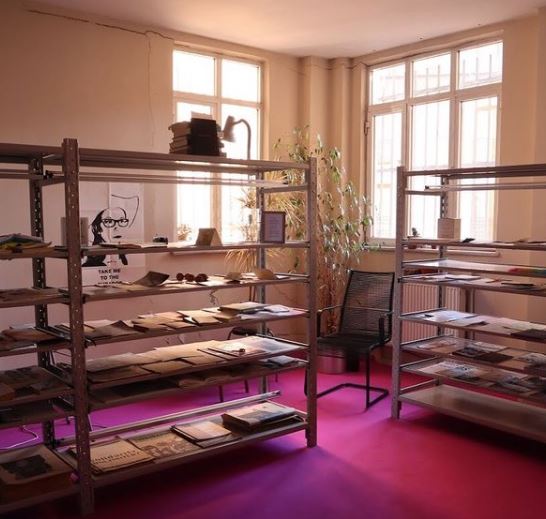
My research this summer focuses on the role of the catalog in alternative library spaces. In July, I will join BAS, an artist-run library of artists’ books from the last three decades, located in Istanbul, Turkey, as they develop a full catalog for their collection. In participating in this process, I will discuss with the curators and larger community of artists and cultural workers that compose BAS’s community questions such as: what form the catalog takes, what data it includes, how it builds connections between objects within the collection, which communities BAS is in relationship with, and how the public is able to interface with the collection through the catalog. In traditional museum and library classification structures and organizational systems, the catalog is a political site to examine where cultural authority is placed, valued, and organized, as well as for “locating bias at the structural and descriptive level” (Drabinski 98). By focusing on non-traditional or alternative libraries in my research, where the form of the catalog is not institutionally determined, it is possible to slow down in order to ask questions about how knowledge around objects in the collection is produced, circulated, and exchanged, as well as what alternative models for catalogs and cataloging processes exist.
I have been reading Emily Drabinski’s article “Queering the Catalog: Queer Theory and the Politics of Correction,” which traces how queer theory can help to model alternative ways of relating to knowledge structures in the library. Drabinski argues for a shift in theory surrounding cataloging practices away from a project of fixing classificatory terms and identities, which assumes a universalizing system of knowledge and naming, and instead toward a model “that challenges the idea that classification and subject language can ever be corrected once and for all, outside the context in which those decisions take on meaning” (Drabinski 96). An approach to cataloging through queer studies would highlight and exploit where knowledge organizational structures rupture and create opportunities for asking questions of how paradigms of political and social power and knowledge function in the library and create moments for pedagogical possibility and access.
Throughout my reading, I have been thinking about how alternative archives and libraries can model, both in their position outside the museum or official archive and in their function as community spaces that emphasize the sociality of texts, opportunities to consider organizational structures relationally. As I prepare to leave in the next weeks, I will be reading texts in critical museum studies and library studies to develop further frameworks for thinking about this question.

Emily Drabinski, “Queering the Catalog: Queer Theory and the Politics of Correction,” The Library Quarterly: Information, Community, Policy 83, no. 2 (April 2013): 94-111.
